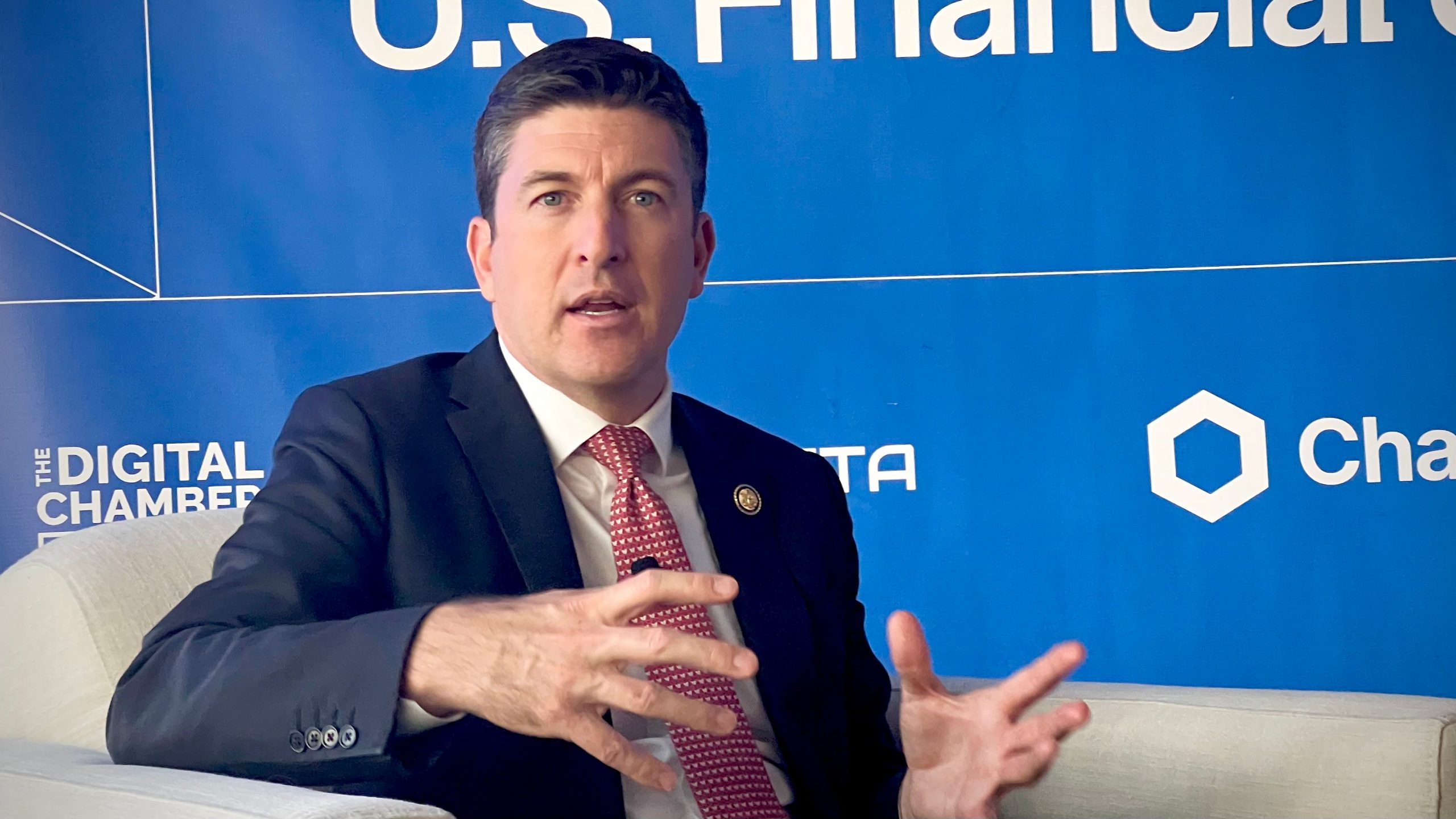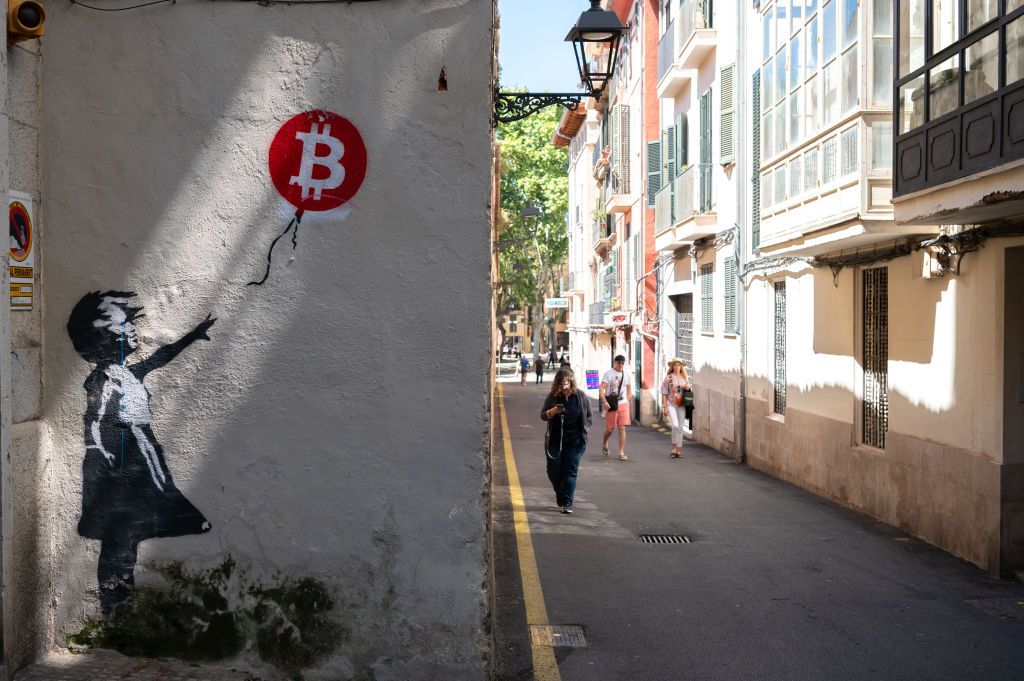Avalanche Sees Significant Drop in Transaction Costs Post-Upgrade

The cost of utilizing Avalanche, a prominent blockchain tailored for decentralized finance (DeFi), has experienced a notable decline following the implementation of the Avalanche9000 upgrade on December 16. This substantial upgrade has led to an impressive increase in the number of transactions, which has surged by over one-third.
Since the upgrade, the average gas fees—essentially the costs associated with transactions on the network—have plummeted by approximately 75% compared to the months leading up to the upgrade. This data, sourced from Flipside and Bitquery, indicates a significant uptick in daily transactions, now averaging about 354,691 each day, marking a 38% increase.
Avalanche stands as the fifth-largest smart-contract blockchain in the world, based on the market capitalization of its native token, AVAX. It features a sophisticated multichain architecture that includes the C-Chain, dedicated to smart contracts; the P-Chain, responsible for managing staking and validator coordination; and the X-Chain, which facilitates asset transfers.
The recent upgrade included seven pivotal improvement proposals, one of which was ACP-125. This proposal effectively reduced the base fee for executing smart contracts on the C-Chain from 25 nAVAX to just 1 nAVAX. For context, 1 nAVAX is equivalent to a billionth of an AVAX. Additionally, the upgrade replaced the substantial validator fee of 2,000 AVAX with a much more manageable monthly subscription fee ranging from 1 to 10 AVAX. This change is particularly beneficial as it opens up opportunities for projects of various sizes to launch layer 1 (L1) protocols on the Avalanche network.
According to Stephen Buttolph, the chief protocol architect at Ava Labs, the primary objective of the upgrade was to streamline the entire Avalanche technology stack by making it more affordable. This was achieved by not only reducing C-Chain fees but also eliminating capital requirements for L1 validators, thus fostering greater accessibility and innovation within the ecosystem.







